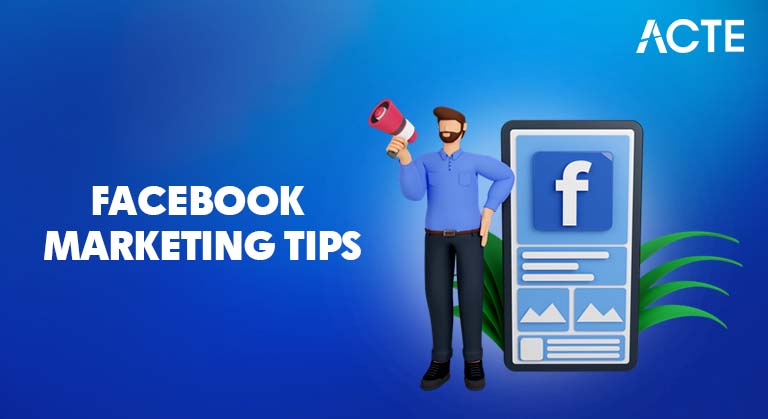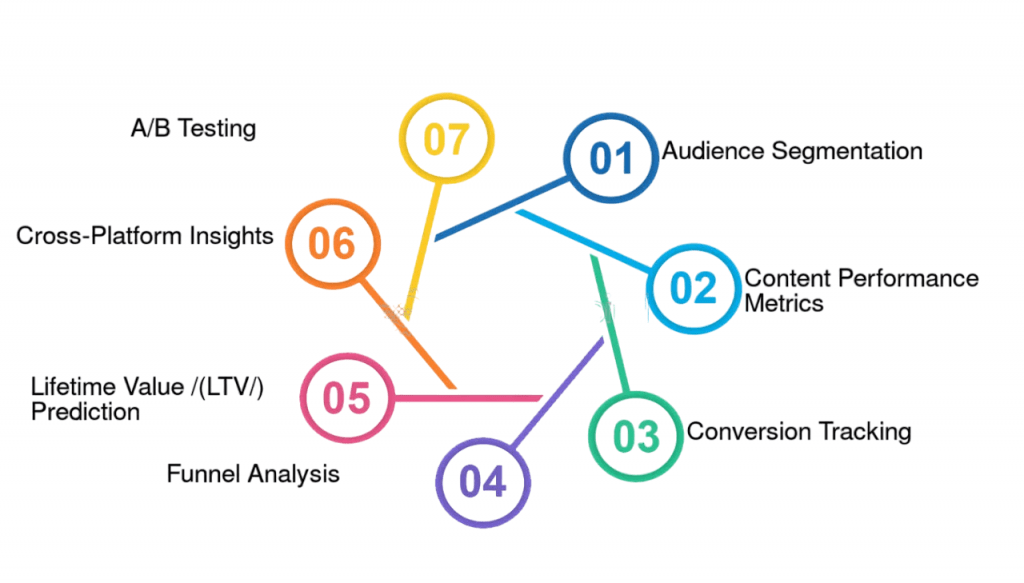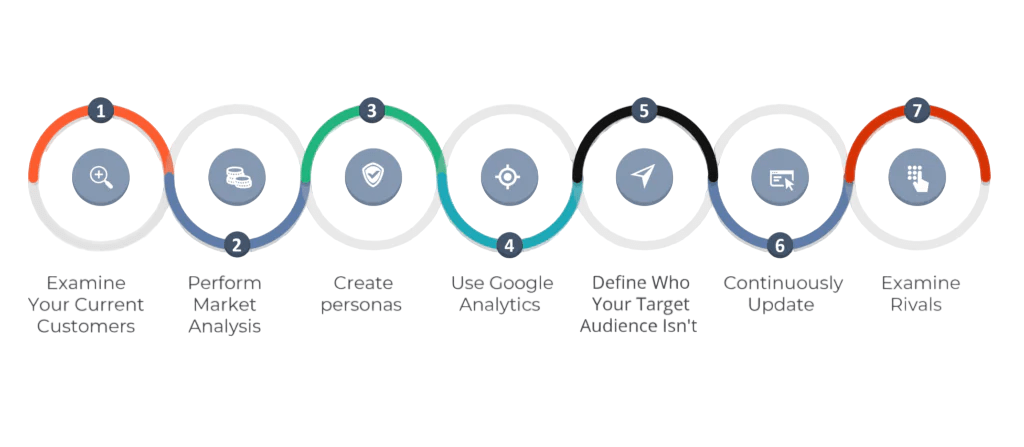
- Setting Up a Business Page
- Content Strategy for Facebook
- Facebook Post Types
- Best Times to Post
- Facebook Ads Basics
- Audience Targeting Tips
- Boosted Posts vs Ad Manager
- Running Contests and Giveaways
- Conclusion
Setting Up a Business Page
Before diving into Facebook marketing, the first step is to set up a professional business page. Unlike personal profiles, Facebook business pages offer tools and analytics designed to help brands promote their products and services effectively. Begin by selecting a business category that aligns with your brand. Use a recognizable profile picture typically a logo and an engaging cover photo that communicates your brand identity. Fill out all key details such as business hours, Digital Marketing Training contact information, and a compelling ‘About’ section. This is crucial for establishing credibility. Make sure to set up a custom username (Facebook URL) that is easy to remember and aligns with your business name. Additionally, enable messaging features to allow direct communication with your audience.Setting up a business page is a crucial step for establishing an online presence and connecting with your target audience. Whether on platforms like Facebook, Google My Business, or LinkedIn, a well-crafted business page helps build credibility and increases visibility. Start by choosing a clear, recognizable business name and uploading a professional logo or profile image. Fill out all essential information such as contact details, business hours, location, and website link to make it easy for customers to reach you. Use the description section to highlight your products, services, and unique value proposition in a concise and engaging way. Adding photos, videos, and regular updates can further enhance engagement and showcase your brand personality. Don’t forget to encourage reviews and respond promptly to customer inquiries to build trust and foster relationships. By optimizing your business page thoughtfully, you create a valuable asset that supports marketing efforts and drives growth.
Ready to Get Certified in Digital Marketing? Explore the Program Now Digital Marketing Online Training Offered By ACTE Right Now!
Content Strategy for Facebook
A successful content strategy is essential for maintaining a strong presence on Facebook. Start by defining your goals are you aiming to increase brand awareness, drive traffic, generate leads, or boost sales? Next, Metric in Google Analytics develop a content calendar that aligns with your business objectives and includes a mix of post types to keep your audience engaged.

Your strategy should include a blend of educational, entertaining, and promotional content. Use storytelling to humanize your brand and create emotional connections. It’s also wise to repurpose high-performing content in different formats (e.g., videos, infographics, blogs) to extend its reach. Consistency in posting is critical, but quality should never be sacrificed for quantity.
Facebook Post Types
- Status Updates: Simple text posts to share thoughts, news, or announcements.
- Photo Posts: Images that grab attention and encourage engagement.
- Video Posts: Native videos or live streams to increase reach and interaction.
- Link Shares: Sharing articles, blog posts, SEO Keyword Research or external content with preview snippets.
- Event Posts: Promote upcoming events and invite followers to attend.
- Polls: Engage your audience with questions to gather opinions or feedback.
- Stories: Temporary content that appears for 24 hours, great for behind-the-scenes or quick updates.
- Offers/Deals: Posts promoting discounts or special offers to drive sales.
- Check-ins: Share your business location or events attended.
- Carousel Posts: Multiple images or videos in a single post, ideal for showcasing products or services.
- Weekdays vs Weekends: Engagement often varies; weekdays usually see higher activity for professional content, weekends for casual posts.
- Morning Hours (7 AM – 9 AM): People often check social media after waking up.
- Lunch Break (12 PM – 2 PM): A common time for users to browse social platforms.
- Evening (5 PM – 7 PM): After work hours when users unwind and scroll through feeds.
- Facebook: Best engagement typically mid-week (Wednesday-Thursday) around 1-3 PM.
- Instagram: Higher activity during lunch and evenings, SEO Tips To Rule Google Maps especially weekdays.
- LinkedIn: Most active during business hours (8 AM – 5 PM) on weekdays.
- Twitter: Peak times vary, often around lunch and late afternoons.
- Know Your Audience: Tailor posting times based on your specific followers’ behavior and time zones.
- Use Analytics: Leverage platform insights or tools like Sprout Social to find your brand’s optimal posting times.
- Boosted Posts: Quickly promote existing organic posts to increase reach and engagement.
- Ad Manager: Create fully customized ad campaigns with advanced targeting and objectives.
- Boosted Posts: Basic targeting by age, location, and interests.
- Ad Manager: Detailed targeting including behaviors, demographics, custom audiences, and lookalikes.
- Boosted Posts: Limited mostly to engagement and reach.
- Ad Manager: Wide range including conversions, traffic, app installs, video views, and more.
- Boosted Posts: Simple budget and duration settings.
- Ad Manager: Flexible budgeting with options for daily or lifetime budgets and bidding strategies.
- Boosted Posts: Automatic placements across Facebook and Instagram.
- Ad Manager: Full control over where ads appear (feed, stories, Messenger, Audience Network).
- Boosted Posts: Basic performance insights.
- Ad Manager: In-depth analytics and A/B testing capabilities.
- Boosted Posts: Beginners or quick promotions.
- Ad Manager: Advanced marketers and complex campaign needs.
- Set Clear Goals: Define what you want to achieve (e.g., increase followers, boost engagement, collect emails).
- Choose the Right Platform: Select social media channels or websites where your target audience is most active.
- Simple Rules: Make participation easy and straightforward to encourage more entries.
- Attractive Prizes: Offer rewards that are relevant and valuable to your audience.
- Legal Compliance: Ensure your contest follows platform guidelines and local laws.
- Promote Widely: Use posts, ads, email, Video Marketing and partnerships to maximize reach.
- Encourage Sharing: Ask participants to share the contest to expand visibility.
- Collect User Data: Use entry forms to gather emails or other valuable information (with consent).
- Engage Participants: Respond to comments and keep excitement high throughout the contest.
- Announce Winners Publicly: Build trust and encourage future participation by sharing results.
To Explore Digital Marketing in Depth, Check Out Our Comprehensive Digital Marketing Training To Gain Insights From Our Experts!
Best Times to Post
Facebook Ads Basics
Facebook Ads are a powerful way to reach a larger and more targeted audience. Start by understanding the different ad formats available: image ads, video ads, carousel ads, slideshow ads, and collection ads. Each serves a unique purpose, so choose the one that best fits your campaign goal. The Facebook Ads Manager is the tool you’ll use to create and manage campaigns. It allows you to define objectives, set budgets, and track performance metrics. Begin with a small budget to test various creatives and targeting strategies. Use A/B testing to refine your approach and optimize for better results. Always align your ad creatives and copy with your target audience’s preferences and pain points.Facebook Ads provide businesses with a powerful platform to reach highly targeted audiences through customizable advertising campaigns. These ads appear across Facebook’s ecosystem, including Instagram, Messenger, and the Audience Network. Setting up a Facebook ad begins with defining clear objectives, such as brand awareness, lead generation, or conversions. Advertisers can then select their target audience based on demographics, interests, behaviors, and location, ensuring the ads reach the most relevant users. Budgeting options allow for daily or lifetime spending limits, giving full control over costs. Facebook offers various ad formats, including image, video, carousel, and collection ads, to suit different Digital Marketing Training goals. Additionally, its robust analytics provide insights into ad performance, enabling marketers to optimize campaigns in real-time. With precise targeting, diverse formats, and measurable results, Facebook Ads are an essential tool for businesses looking to expand their online presence and drive meaningful engagement.
Looking to Master Digital Marketing? Discover the Digital Marketing Expert Masters Program Training Course Available at ACTE Now!
Audience Targeting Tips
One of Facebook’s biggest advantages is its robust audience targeting options. You can target users based on demographics, interests, behaviors, and even life events.

Use Custom Audiences to reach people who have already interacted with your business, Types of Content Marketing such as website visitors or email subscribers. Lookalike Audiences allow you to target new users who are similar to your best customers. Facebook also offers detailed location targeting, which is especially useful for local businesses. Layering multiple targeting options can help you zero in on the most relevant audience, increasing the chances of engagement and conversion.
Boosted Posts vs Ad Manager
Purpose:
Targeting Options:
Ad Objectives:
Budget Control:
Ad Placement:
Optimization & Reporting:
Best For:
Running Contests and Giveaways
Preparing for Digital Marketing Job Interviews? Have a Look at Our Blog on Digital Marketing Interview Questions and Answers To Ace Your Interview!
Conclusion
Stay updated with Facebook Ads Basics evolving features and algorithm changes. Invest in continuous learning through courses, blogs, and webinars. Always tailor your content and campaigns to your specific audience rather than relying on generic strategies. Prioritize mobile optimization, as the majority of Facebook users access the platform via smartphones. Keep testing new ideas, analyzing results, and iterating on your strategies. With consistency, creativity, and data-driven decision-making, Facebook can become one of your most effective marketing channels.Running contests and giveaways is a powerful strategy to boost engagement, grow your audience, and generate valuable leads. By setting clear goals, choosing the right platform, Digital Marketing Training and offering attractive prizes, you can create campaigns that resonate with your target market. Ensuring simple participation rules and legal compliance helps build trust and encourages more users to join. Promoting your contests effectively and engaging with participants throughout the process maximizes reach and excitement. Finally, Content Strategy for Facebook publicly announcing winners not only fosters transparency but also strengthens your brand’s reputation. When executed thoughtfully, contests and giveaways can become a vital part of your marketing toolkit, driving meaningful results and long-term customer relationships.




